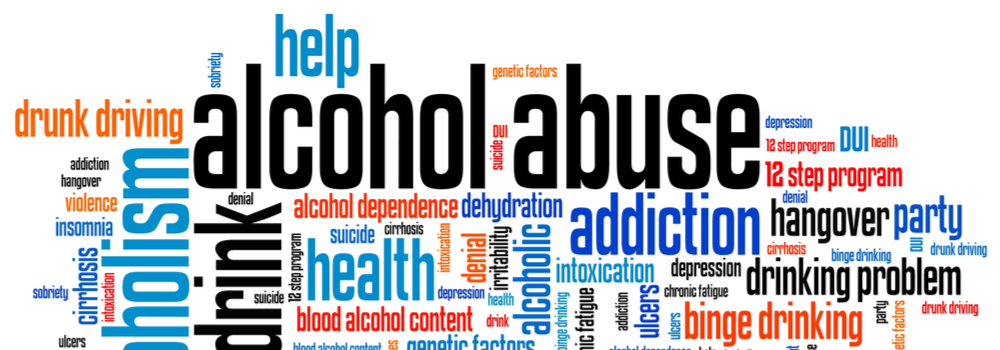If you ask someone who is intoxicated, or is about to get intoxicated, about their level of intoxication, you are unlikely to receive a specific decimal point number indicating their BAC. BAC stands for Blood Alcohol Content level and represents the amount of alcohol in the blood. Binge drinking, for example, is defined as any kind of drinking which raises the BAC to 0.08 percent in a short period of time. Each range of BAC level is distinct level of intoxication with certain signs and symptoms. Understanding the differences between BAC levels can help you determine how drunk someone is and if their life is in any kind of danger.
0.02-0.03:
This is the beginning of intoxication where the mild effects of alcohol are starting to take place. Inhibitions like shyness have started to fall away making room for subtle feelings of euphoria. More obvious signs of intoxication like lacking in coordination aren’t present yet. This is what many people might call being ‘buzzed’.
0.04-0.06:
The next level up might be what some would call “tipsy”. In this still early stage of intoxication, feelings of euphoria are increasing as are some of the depressant effects of alcohol. As a depressant, alcohol can cause effects like relaxations or sensations of being ‘warm and fuzzy’. At this stage, behaviors like emotional responses are becoming a little more dramatic.
0.07-0.09:
By the time the blood alcohol content level reaches this range, an individual is what would be plainly called “drunk”. At 0.08 BAC an individual is no longer legally allowed to drive because they are considered “legally impaired”. All of the euphoric effects of alcohol are still present, but some of the cognitive functions have started to suffer. Slurred speech, blank memory, motor functions, perception, judgment, and vision are all being affected. Typically, people who have reached this level of intoxication ‘feel fine’, but cannot be aware of how impaired they are.
0.10-0.125:
Euphoria is still present at this level of intoxication and the cognitive impairments are worsening. Slurred speech has worsened, balance is off, and the ability to use judgment is compromised. At this stage an individual will have seemed to slow down due to their reaction time being affected.
0.13-0.15:
The impairment of motor and cognitive functions continues to worsen and become exacerbated at this stage of intoxication. This is the “wasted” level of intoxication when individuals can no longer walk normally due to their balance being off. They are beyond euphoria and reaching toward dysphoria which may lead to anxious, erratic, emotional, and restless behavior.
0.16-0.19:
The “sloppy drunk” emerges at this stage of intoxication. Dysphoria has replaced euphoria and cognitive function is a “mess”. Typically, this is the pre-vomiting stage most often accompanied by repeated warnings of “I’m nauseous” or “I don’t feel good”.
BAC levels which rise to .20 and above can start to have fatal consequences. For the signs and symptoms of dangerously high BAC levels, look for our next blog.
Alcoholism can be deadly. Thankfully, there is freedom from alcoholism. At Tree House Recovery in Portland, Oregon, men are creating sustainable recovery by enacting sustainable change. Call us today for information on our private treatment programs: (503) 850-2474




